Children who master parts of speech will not only improve their grammar and vocabulary, but will also strengthen their writing skills. In turn, this will increase reading ability, especially among your students who struggle with reading and writing. Presenting and teaching parts of speech in a creative and fun way, however, is sometimes difficult. Below are three simple tips to make parts of speech more engaging in the classroom.
1. Implement Great Games
Children love to play games, and friendly competition almost always gets them motivated. A simple game that all your students will enjoy involves nothing more than writing a few dozen words for each part of speech on index cards. Have your students pick the cards randomly and put them together in funny, creative stories. You’ll be sure to have them giggling while they learn these basic skills.
Or use those same cards to create skits in which groups of children act out adjectives, adverbs, and prepositional phrases. Each part of speech can be incorporated into a skit, or start out with just a few elements—such as nouns and verbs—to keep the activity simple. The goal is to incorporate fun ways to teach your struggling writers who may not learn using traditional methods!
2. Include Poetry and Songs
Sometimes phrases and definitions must be memorized, and what better way than through rhyming poetry and catchy songs? Children love to sing, and with words that rhyme to a fun melody, students will learn quickly. Nearly everything in grammar—including punctuation and capitalization—can be taught using song. Be sure to teach these concepts songs your students already know, so you don’t have to teach them a whole new one.
Singing the songs may especially help children who are dyslexic, or those who do not speak English as their primary language, and lessons can be made extremely simple or more complex in order to meet the needs of each individual student.
3. Use Incredible Resources
Teachers need a variety of games, activities, and testing materials to effectively teach students at all levels and with different learning styles. It is also important to have a good balance of computer activities and hands-on materials for students to use. EPS Literacy and Intervention has decades of experience assisting teachers who are passionate about helping their students learn, and provides a variety of materials from the five areas of reading—including resources for teaching grammar and writing at every grade level.

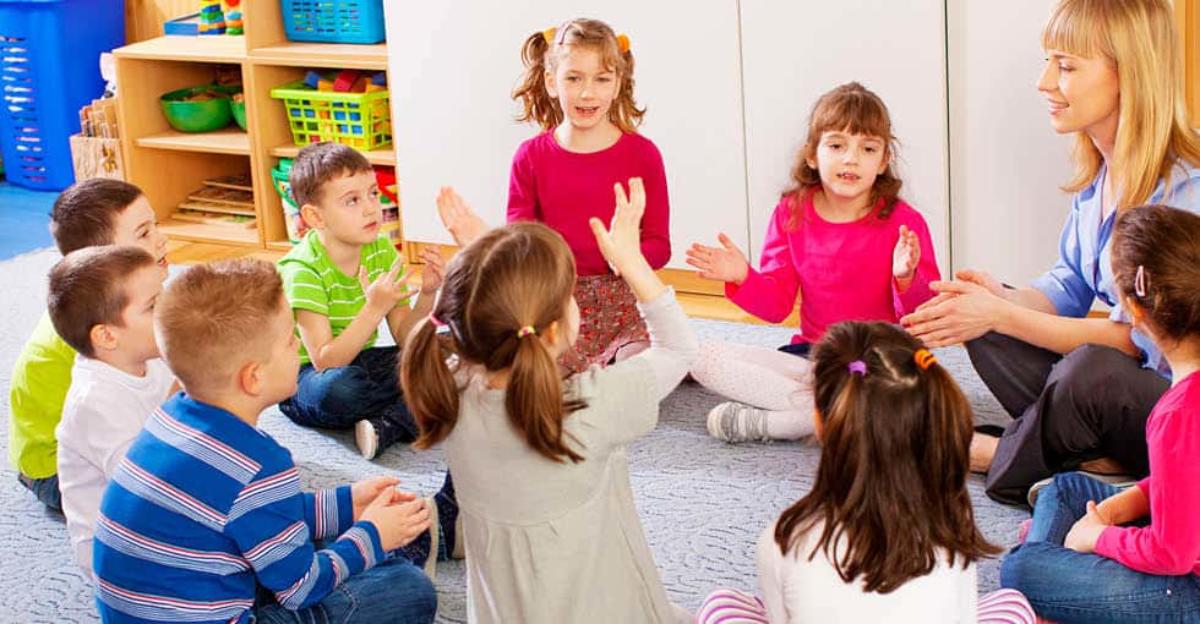
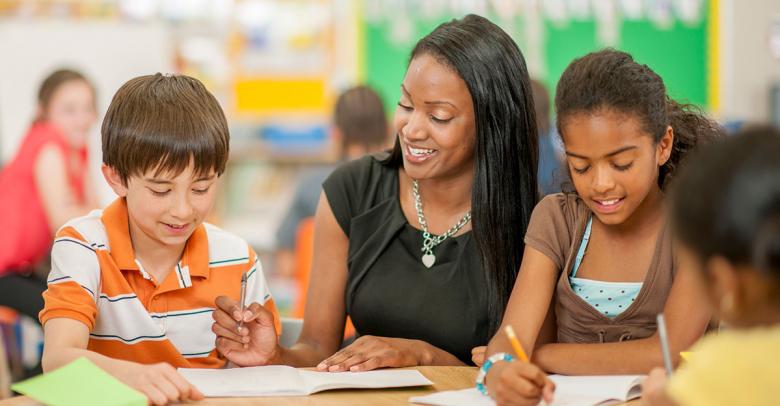
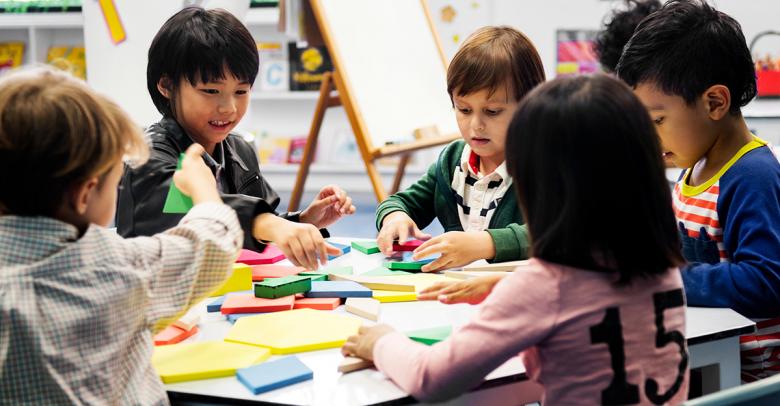
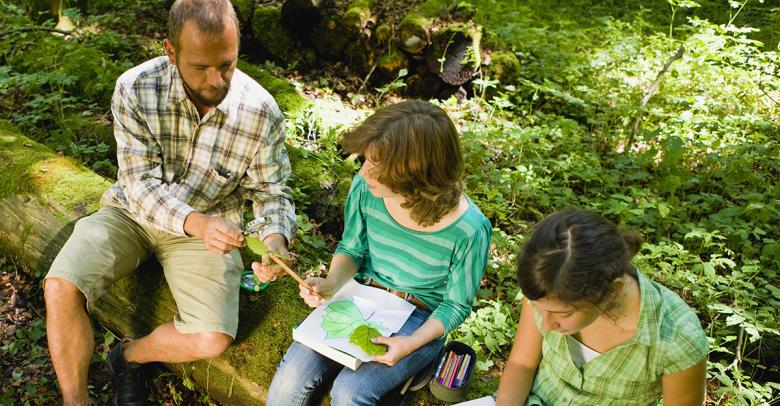
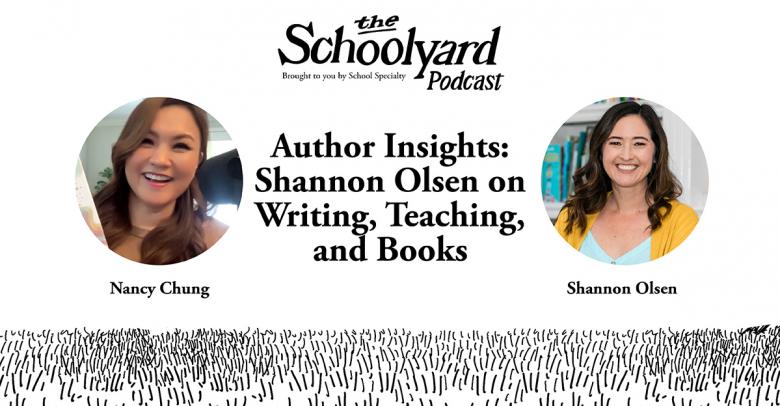
Leave a Reply